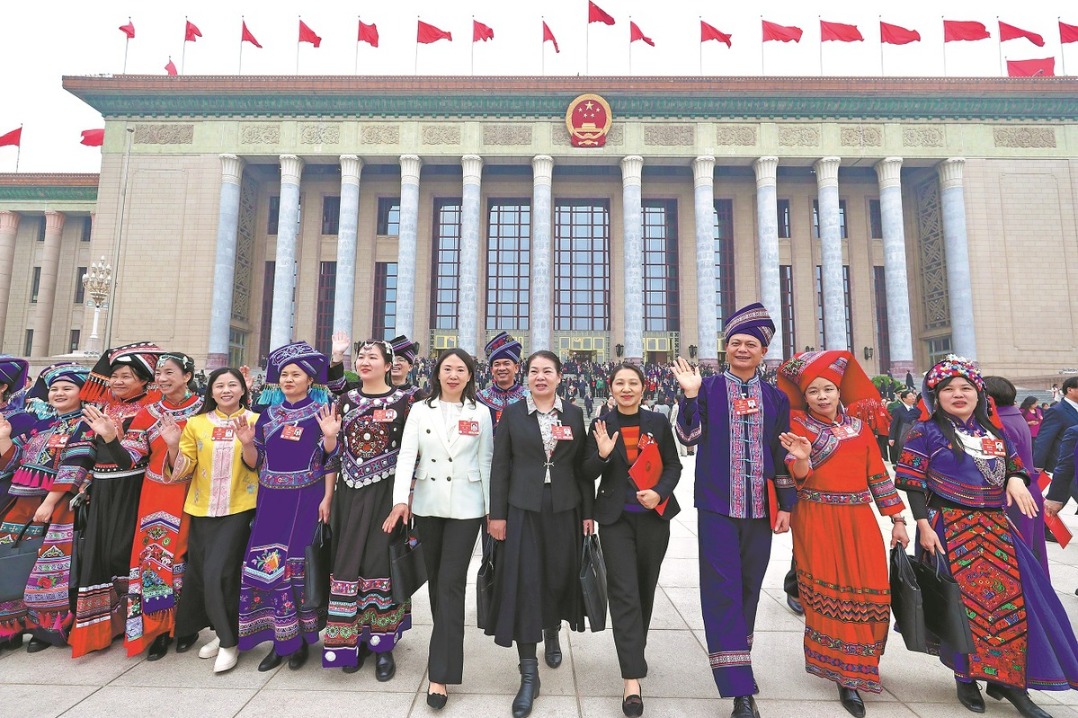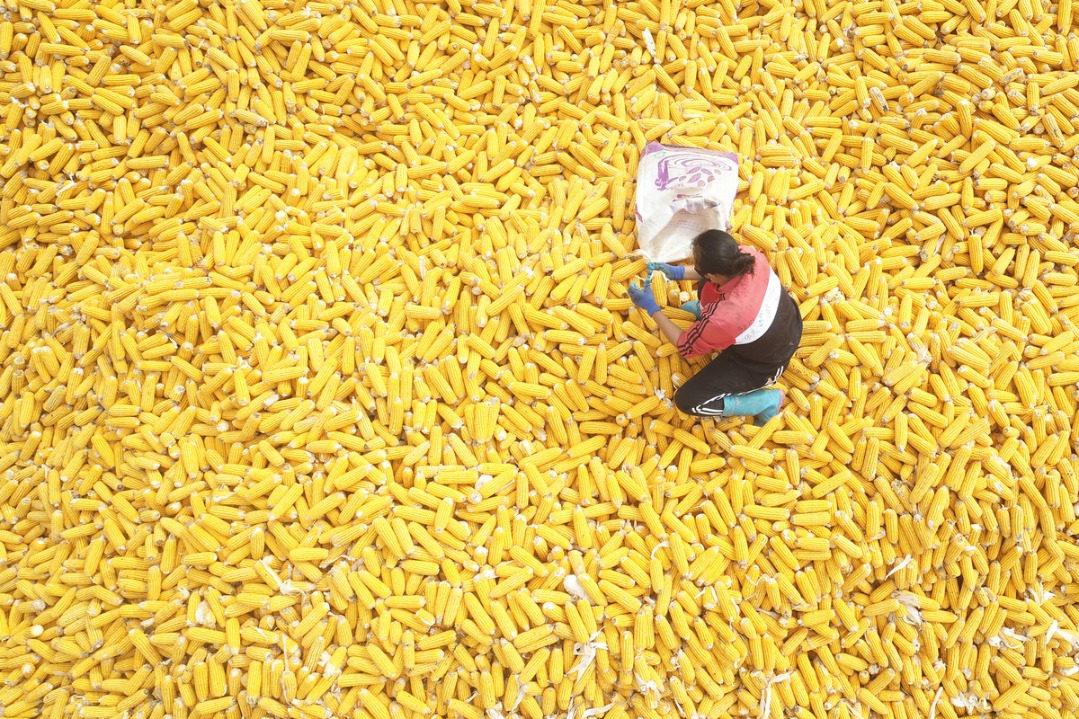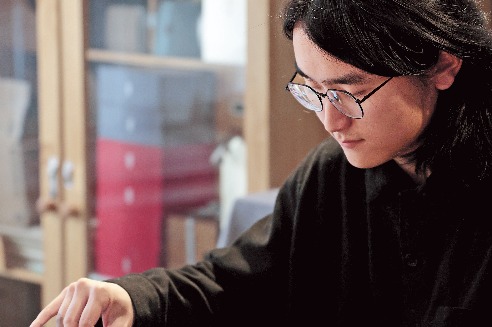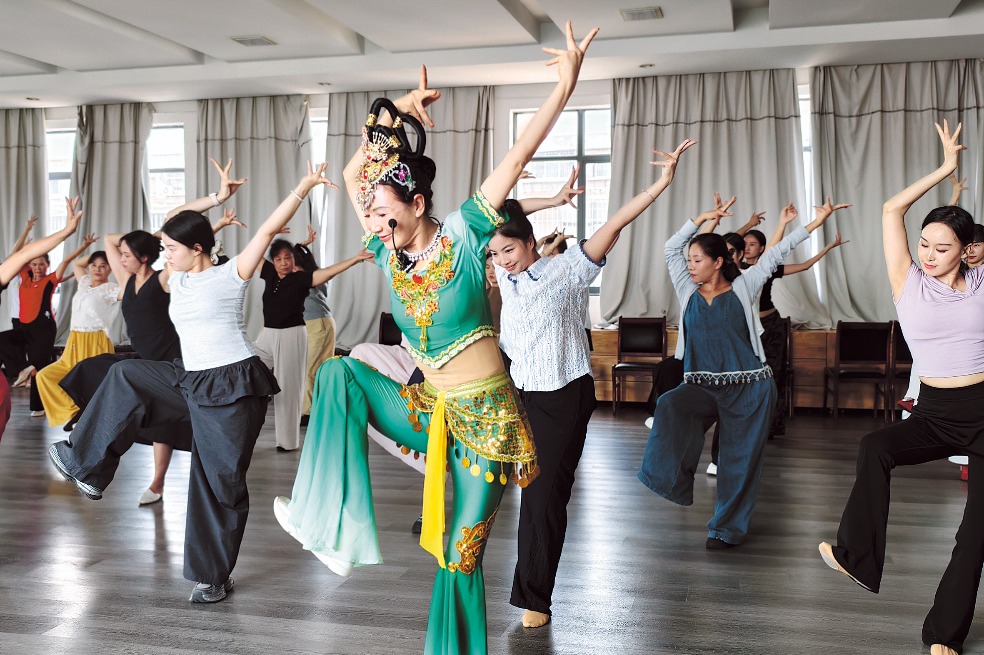Kazak embroidery threads way out of poverty for women

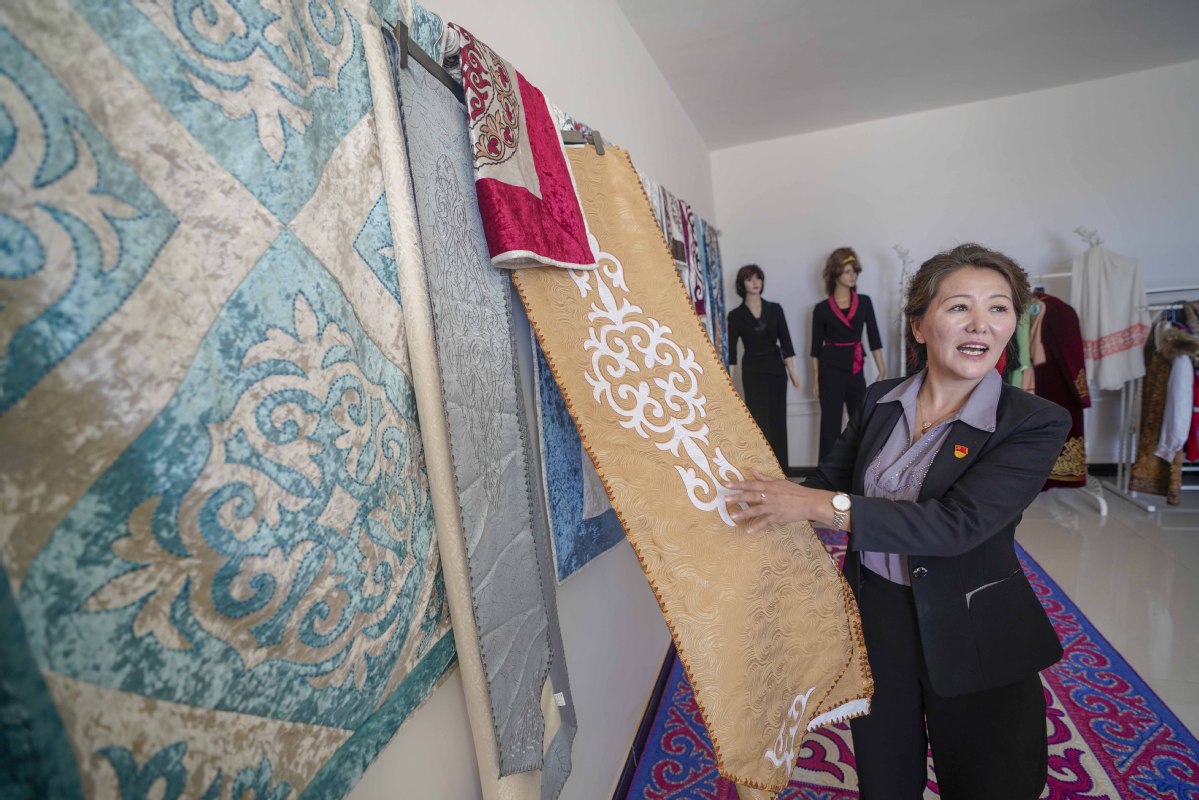
In March 2019, Li Guodong, Party chief of Karaoy, a village in Altay, northern Xinjiang Uygur autonomous region, found many women occupied with nothing but doing basic housework, and many of them asked Li if he could help them find work in the village.
"Most of them are housewives, and except for the daily housework, they have plenty of time to do something and make some money to increase their family income. But they have one requirement -- the place of work has to be in the neighborhood," said Li.
At that time, Li remembered Bulbul Xaburkay, a Kazak embroiderer he met in nearby Burqin county. Bulbul has been dedicated to the business of embroidery for decades and she owns a factory in the county that manufactures traditional Kazak embroidered goods.
Kazak embroidery is commonly used on carpets and tapestries found in ethnic yurts and on clothing, as well as other decorations and items used in everyday life.
- North China's barren salt flats turn into rice fields, tourist attractions
- Dunhuang: Where ancient treasures meet global partnerships
- Xinjiang through my eyes: Musician on the grassland
- Xi to attend Global Leaders' Meeting on Women, deliver keynote speech
- Flowers of progress bloom for Chinese women
- Going the extra mile

















